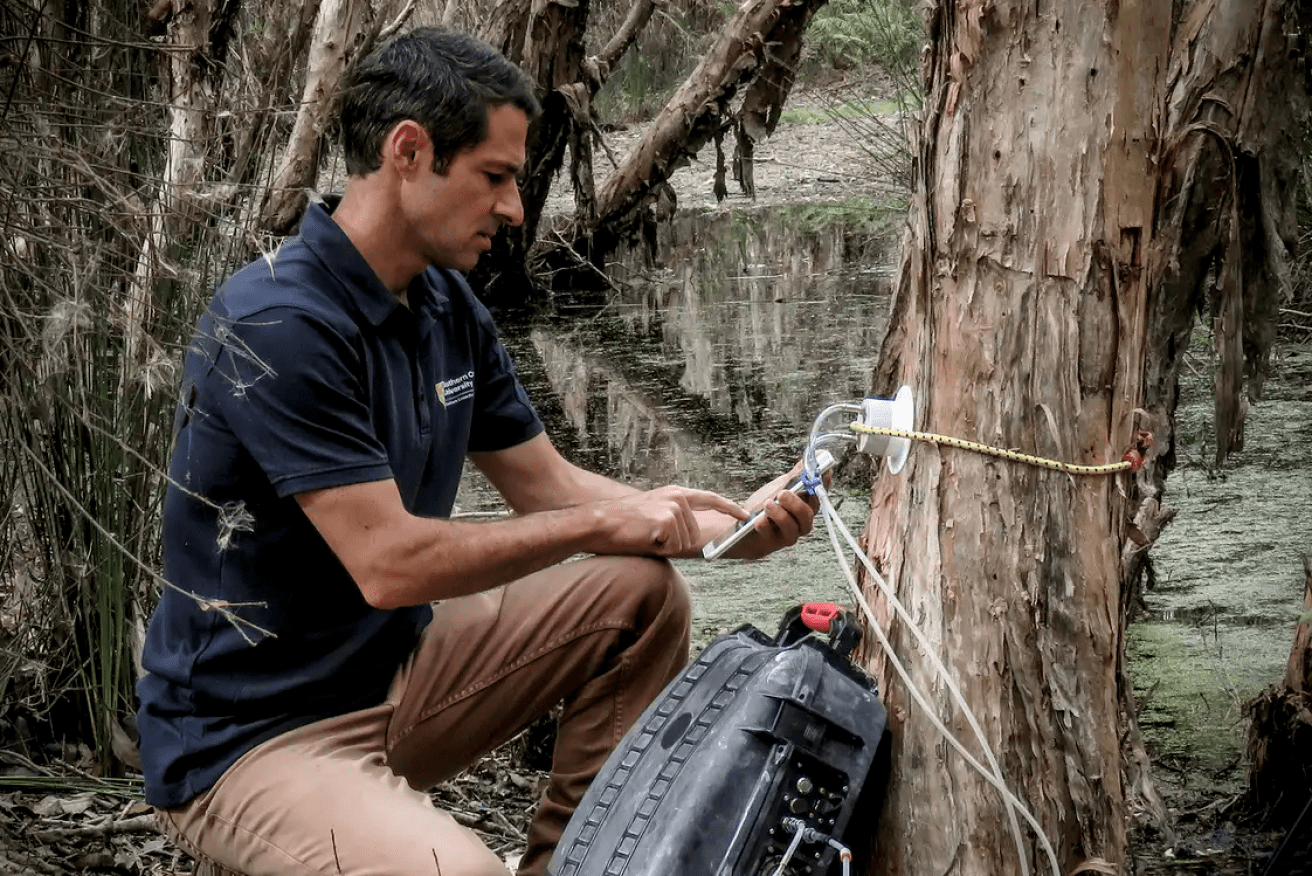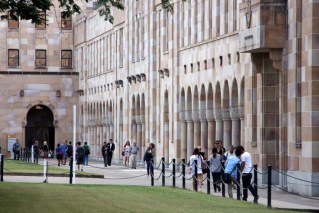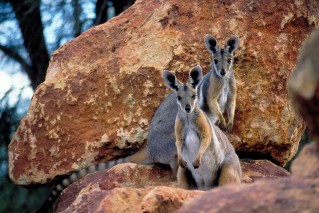Uni researchers find methane theory may be barking up wrong tree
Scientists at Southern Cross University have found a unique bacteria living in the bark of an Australian tree that eats methane, a potent greenhouse gas that causes climate change.


The scientists have discovered the paperbark eats methane
In research published in Nature Communications, the scientists said emerging research showed trees emit methane and that the Amazon basin was the world’s largest emitter of the gas.
Author Luke Jeffrey, a postdoctoral research fellow at Southern Cross wrote in The Conversation that this could be a major problem, given methane is a greenhouse gas about 45 times more potent than carbon dioxide at warming the planet.
He said some lowland forest trees, such as cottonwood, could even emit flammable methane directly from their stems, which was likely produced by microbes living within the moist trees themselves.
However, along with contributors Damien Maher and Scott Johnson, the paper said their world-first discovery had found unique methane-eating communities of bacteria living within the bark of a common Australian tree species, the paperbark or Melaleuca quinquenervia.
“These microbial communities were abundant, thriving, and mitigated about one-third of the substantial methane emissions from paperbark that would have otherwise ended up in the atmosphere,” they said.
“Because research on tree methane (“treethane”) is still in its relative infancy, there are many questions that need to be resolved. Our discovery helps fill these critical gaps, and will change the way we view the role of trees within the global methane cycle.
“We discovered the bark of paperbark trees provide a unique home for methane-oxidizing bacteria — bacteria that consumes methane and turns it into carbon dioxide, a far less potent greenhouse gas.
“Remarkably, these bacteria made up to 25 per cent of total microbial communities living in the bark, and were consuming around 36 per cent of the tree’s methane. It appears these microbes make an easy living in the dark, moist and methane-rich environments.
“This discovery will revolutionise the way in which we view methane emitting trees and the novel microbes living within them.
“Only through understanding why, how, which, when and where trees emit the most methane, may we more effectively plant forests that effectively drawn down carbon while avoiding unwanted methane emissions.’’
The research said trees “are in no way shape or form bad for our climate and provide a swath of other priceless ecosystem benefits.
“And the amount of methane emitted from trees is generally dwarfed by the amount of carbon dioxide they will take in over their lifetime.
However, there are currently 3.04 trillion trees on earth. With both upland and lowland forests capable of emitting methane, mere trace amounts of methane on a global scale may amount to a substantial methane source.’’












